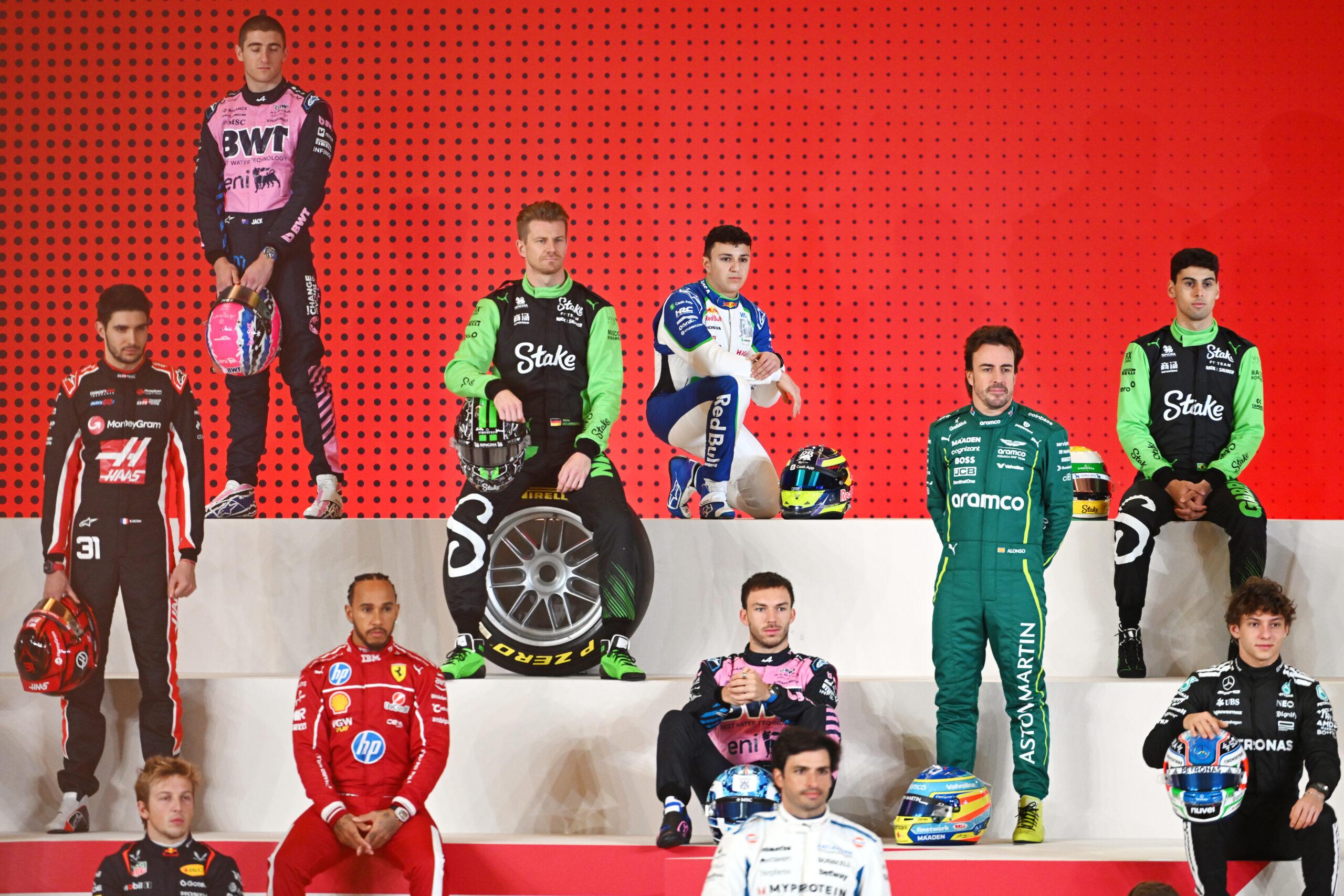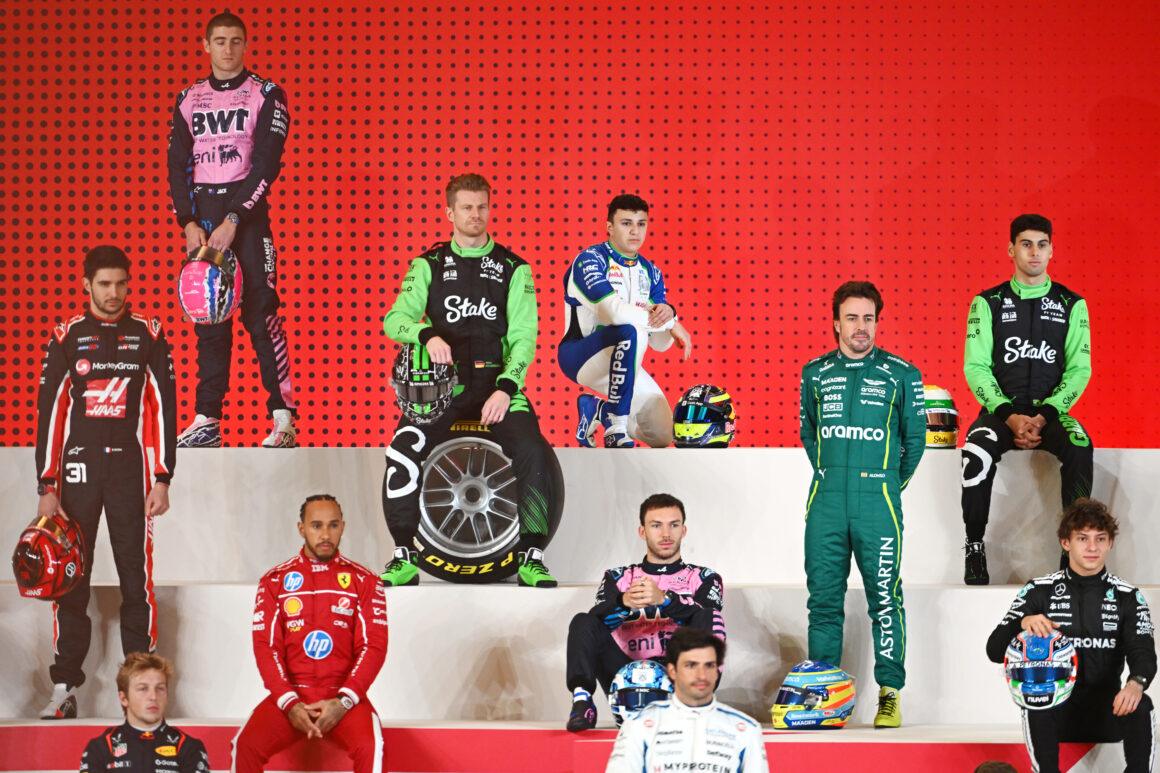Formula 1 fuel use isn’t guesswork; it’s a tightly policed numbers game. Each car can start a race with up to 110 kilograms of fuel. That’s the cap, not the target. Why by weight? Because fuel density dances with temperature, but mass doesn’t flinch. Cold day, hot day—110 kg stays 110 kg. The only thing changing is who gambles and who crawls to the flag.
So, how thirsty are these beasts? On average, an F1 car runs around 6.2 mpg. Sounds awful next to your hybrid? Cute. These cars are pushing near 1,000 hp while hitting lap times that make lesser machinery cry. File your Prius smugness under: Yikes.
The Hard Numbers: What an F1 Race Burns
Let’s pick a clean example. Albert Park, Australia. One lap is roughly 3.279 miles. Do that 58 times and you’ve got about 190.2 miles of racing. At around 6.2 mpg, you’re looking at roughly 30.7 gallons burned if you’re running a typical pace with typical lift-and-coast. Efficient? For this performance level, absolutely.
But F1 hands out fuel by weight, not gallons. Using a typical density of about 6.073 lb/gal at 60°F, that 110 kg (242.5 lb) cap equals roughly 39.9 gallons. So some races leave fuel unused—about 9.2 gallons on a day like that. The competition? Reduced to expensive spectators if you misjudge that math.
What Actually Dictates Fuel Burn
Fuel use isn’t just a pedal problem. It’s a cocktail of conditions and choices. Drivers can save with lift-and-coast, but overdo it and you’re a rolling chicane. Underdo it and you’re pit wall wallpaper by lap 50. Another masterclass in how NOT to manage delta.
- Ambient temperature: Changes density, cooling, and combustion behavior. Cooler air, denser charge, different burn.
- Car weight: Heavier early laps equal bigger appetite. Burn down the tank, gain pace later.
- Circuit design: Stop-go tracks spike consumption. Monza sips, Singapore gulps.
- Driving style: Aggression costs fuel. Smart lift points save seconds over stints.
Why 6.2 mpg Is Actually Ruthless Efficiency
These aren’t dinosaur V10s screaming at the gods. Today’s power units are 1.6L turbo hybrid V6s on E10 fuel. And they’re freakishly efficient. We’re talking over 50% thermal efficiency, while road cars lounge around 30%. That’s like passing everyone on the straight, then lapping them in the pits.
How? Energy recovery sorcery. The system turns heat and motion into lap time. The MGU-H used to harvest exhaust energy, the MGU-K adds electric shove, and clever turbo split architecture keeps intake temps down. Cold air is dense air. Dense air hits like a hammer.
The Hybrid Hardware That Makes It Happen
There’s more. Pre-chamber combustion? It’s basically lighting a fuse in a small chamber to fire a cleaner, leaner main burn. Less knock, more control, better efficiency. This isn’t luck. It’s weaponized thermodynamics. Classic F1: make physics cry uncle.
And when a driver needs it, you know the line: “Hammer time” isn’t a slogan—it’s a fuel-to-lap-time conversion equation. That burst? Priceless. The bill? Paid in grams per lap.
Race Strategy: Fuel as a Weapon
Fuel saving isn’t shame. It’s chess. Teams trim engine modes, tweak lift points, and coach drivers to hit energy targets. Over-saving loses track position; under-saving begs for a late splash or a slow final stint. Did someone forget how to count laps? Again?
Pit windows, tire life, and safety car timing all orbit the same star: fuel management. Nail the delta, and you’re flying at the flag. Miss it, and you’re collecting disappointments like they’re Pokemon cards.
Weather, the Uninvited Co-Driver
The elements love drama. The rain shows up like that friend who wrecks every party—grip changes, lift-and-coast resets, and fuel targets get rewritten mid-corner. Great times. For the bold.
Heat? The track temperature hits levels that would make Hell consider air conditioning. Cooling limits kick in, engine modes drop, and your carefully modeled consumption? Gone. Somewhere, a PR manager just had a minor stroke.
2026: The Fuel Game Gets Remixed
The plot thickens like a team’s excuse list. From 2026, F1 moves to 100% sustainable fuel—from waste, non-food biomass, and synthetic sources. Fossil fuels? Benched. Net-zero by 2030 isn’t a pitch deck line; it’s the rulebook.
The engine layout shifts too. The MGU-H exits. The MGU-K gets jacked—around 470 hp of electric punch. The ICE power steps down. Cars drop weight and run active wings to slash drag. Fuel use models? Reset. Lights out and away we… oh wait, 2026 already changed the math.
What That Means for Fuel Burn
With more electric contribution and smarter aero, straight-line efficiency climbs. On paper, that suggests lower fuel burn for the same pace or more pace for similar burn. But racecraft matters. Energy deployment windows, pack battles, and lift points will write the real story.
Translation: answering “how much fuel does an F1 car burn?” in 2026 will need fresh data. Grab your popcorn—engineering departments are at it again.
Context Matters: Fuel Use vs F1’s Carbon Footprint
Here’s the twist—race fuel is a tiny slice of F1’s overall emissions pie, reportedly less than 1%. Logistics and event operations dwarf it. Still, the sustainable fuel push is crucial. It’s the headline act for what fans see, and the tech can scale to road and air transport. That’s the real win.
Recent seasons have already shown gains—reduced event emissions, renewable power at circuits, pilots for cleaner energy in paddocks. Not perfect. But moving. Fast, for once, in the right metric.
FAQ Heat Check: Quick Hits That End Arguments
How much fuel per race? Up to 110 kg, typically not all burned. Track and strategy dictate the true number. No, teams can’t “just add more.” Good try.
Is 6.2 mpg bad? For 1,000 hp lap-record chasers with energy recovery and tiny displacement? It’s black magic. Your road car isn’t invited to this comparison.
Bottom Line
The average modern F1 race burns about 30–37 gallons, depending on circuit, conditions, and strategy, under a hard cap of 110 kg. The cars hit north of 50% thermal efficiency thanks to savage hybrid systems and smart combustion. And the next era—sustainable fuel, bigger electric punch—will rewrite the playbook again.
Fuel in F1 isn’t just energy. It’s leverage. Use it right and you send everyone else back to karting school. Use it wrong and, well—file it under: Yikes.

